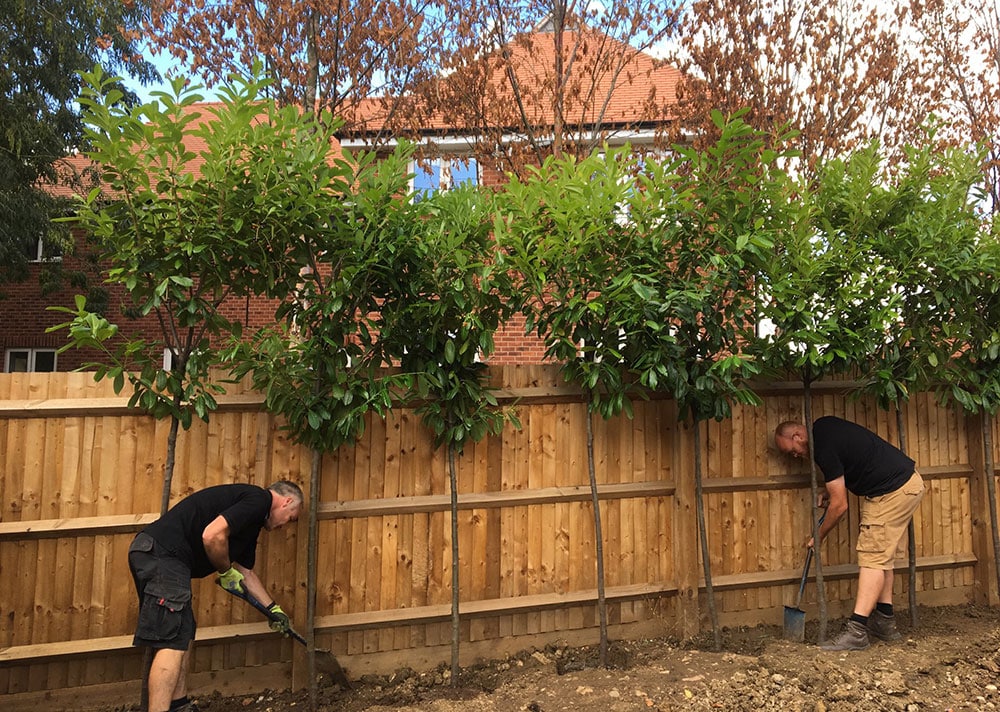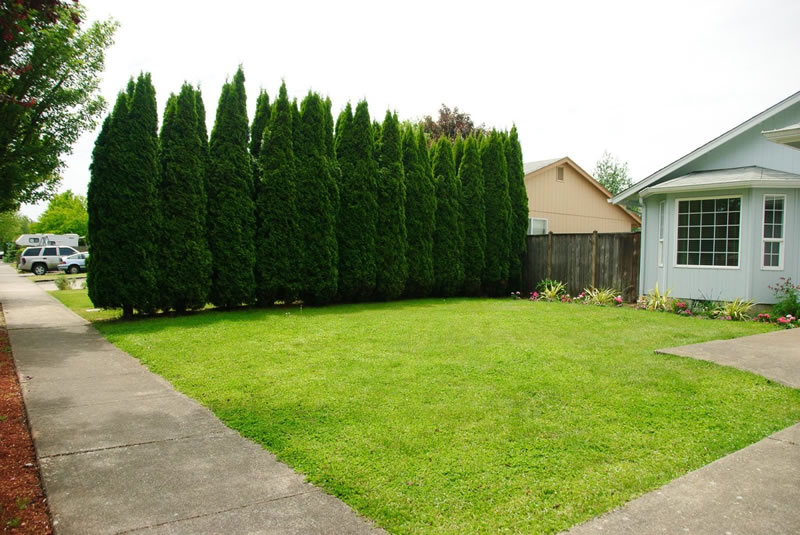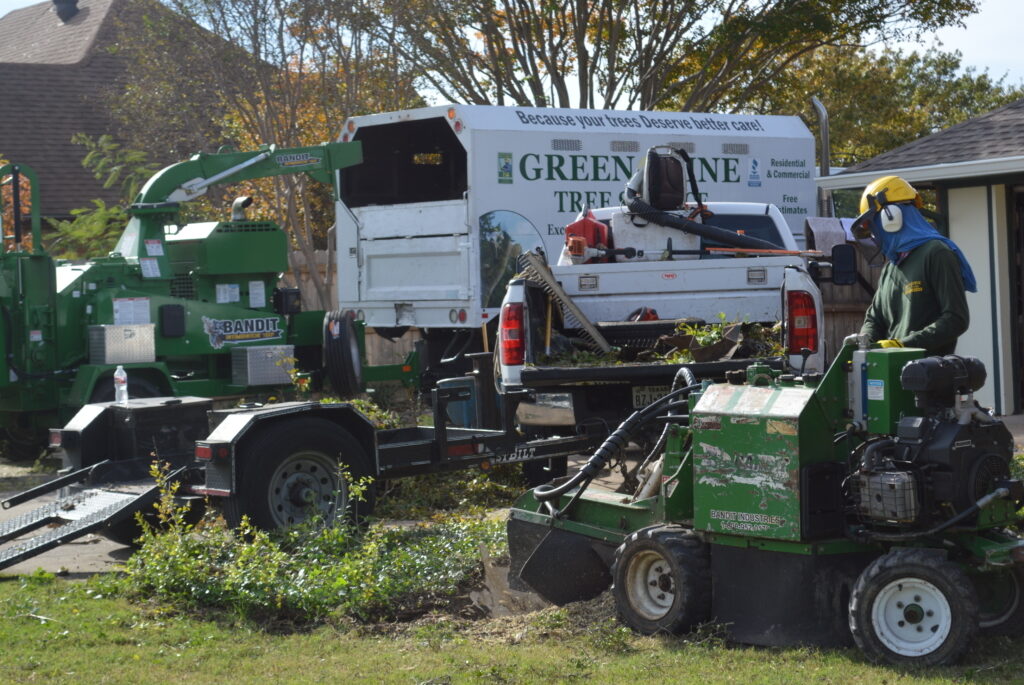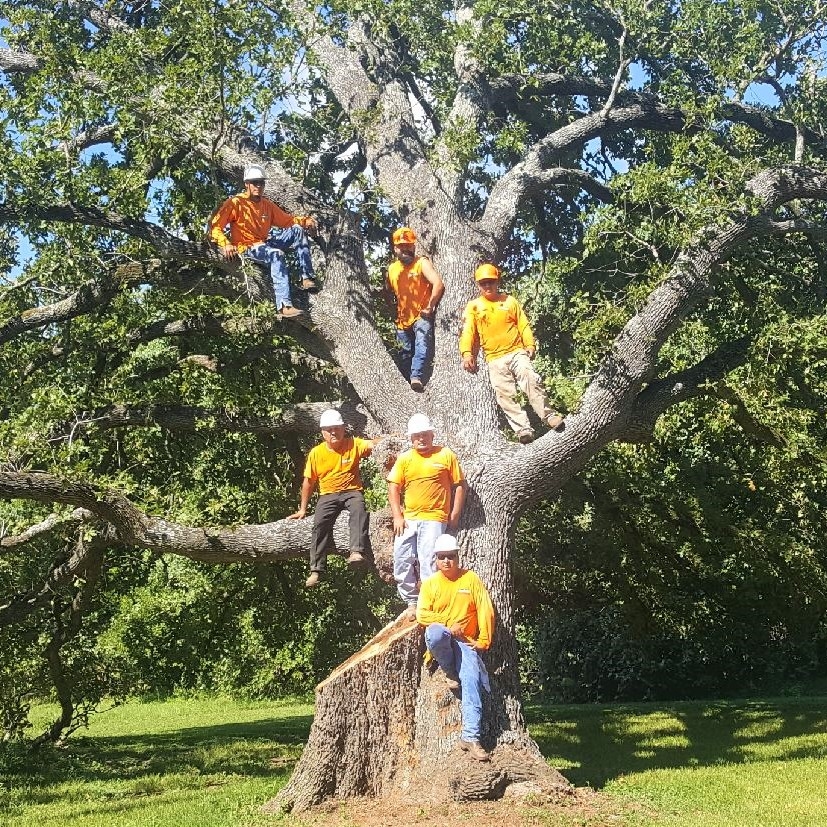Ast growing privacy trees
Introduction
Are you tired of nosy neighbors or just craving a bit more seclusion in your outdoor space? Fast-growing privacy trees could be your perfect solution. They not only provide a natural screen but also enhance the beauty of your yard. Plus, who doesn’t love a little extra shade and greenery?
Why Privacy Trees Matter
Privacy trees are an excellent alternative to fences or walls. They create a peaceful, private environment and add a touch of nature to your landscape. Whether you’re blocking out the view from a busy street or just carving out a sanctuary in your backyard, privacy trees are a fantastic, eco-friendly option.

The Benefits of Planting Privacy Trees
Ast growing privacy trees Apart from shielding your space from prying eyes, privacy trees come with a range of benefits. They reduce noise pollution, provide windbreaks, and even improve air quality. And guess what? Birds and wildlife love them too! It’s like adding a little ecosystem to your yard.
What Are Fast-Growing Privacy Trees?
Understanding the Basics
Fast-growing privacy trees are exactly what they sound like—trees that grow quickly and provide natural screening faster than other tree varieties. Some of these trees can grow as much as 3-5 feet per year, giving you a green barrier in a relatively short time.
Why Choose Fast-Growing Varieties
Time is of the essence when you’re looking for privacy. While most trees take years to mature, fast-growing privacy trees provide coverage in a fraction of the time. This makes them ideal for anyone who doesn’t want to wait years to enjoy their secluded space.
Top 7 Fast-Growing Privacy Trees
Looking for the best options? Let’s explore seven popular fast-growing trees that are perfect for creating a privacy barrier.
Thuja Green Giant
Growth Rate: 3-5 feet per year
Why It’s Great: This evergreen is a powerhouse in the privacy department. It’s hardy, low-maintenance, and can grow up to 60 feet tall, making it perfect for large yards.
Leyland Cypress
Growth Rate: 3-4 feet per year
Why It’s Great: The Leyland Cypress grows into a dense wall of greenery quickly. It’s a top pick for homeowners looking for a tall, fast-growing tree.
Eastern Red Cedar
Growth Rate: 2-3 feet per year
Why It’s Great: Known for its durability, the Eastern Red Cedar is a native species that provides excellent coverage while being resistant to many diseases and pests.
Bamboo
Growth Rate: 3-5 feet per year
Why It’s Great: Technically a grass, bamboo is one of the fastest-growing plants on the planet. It’s ideal for smaller spaces where height and density are needed.
Hybrid Poplar
Growth Rate: 5-8 feet per year
Why It’s Great: If you’re looking for rapid growth, the hybrid poplar is hard to beat. It grows incredibly fast and provides shade and privacy in record time.
Arborvitae
Growth Rate: 2-3 feet per year
Why It’s Great: Arborvitae is a favorite for privacy hedges. Its dense, conical shape makes it perfect for formal landscapes and smaller gardens.
Weeping Willow
Growth Rate: 3-8 feet per year
Why It’s Great: While often used near water features, the weeping willow is fast-growing and provides a dramatic, flowing privacy screen with its drooping branches.
Factors to Consider Before Planting Privacy Trees
Before you start digging, there are a few factors to consider to ensure your trees thrive.

Climate and Soil Type
Not every fast-growing tree will thrive in every climate or soil type. Be sure to pick trees that are well-suited to your region’s weather and soil conditions. Check with local nurseries for recommendations.
Space and Growth Habit
How much room do you have? Some of these trees can get quite large, so make sure you choose a variety that fits your space. Consider both height and width when planning your planting.
How to Plant Privacy Trees
Choosing the Right Spot
Planting privacy trees isn’t just about putting them in the ground. You’ll need to choose a spot with enough sun, proper drainage, and room for the tree to spread its roots.
Planting Techniques for Maximum Growth
For the best results, dig a hole that’s twice as wide as the root ball but no deeper than the root ball itself. Water well after planting and apply mulch to help retain moisture.
Maintenance Tips for Fast-Growing Privacy Trees
Watering Needs
Most fast-growing trees need plenty of water, especially in the first year. Water deeply to encourage root growth, ast growing privacy trees but be careful not to overdo it, as too much water can cause root rot.
Pruning for Health and Shape
Pruning is essential for maintaining the shape and health of your trees. Fast-growing trees can sometimes get unruly, so regular trimming will keep them looking tidy and promote healthy growth.
Pros and Cons of Fast-Growing Privacy Trees
The Advantages of Quick Coverage
The most obvious advantage is speed. You’ll have your privacy barrier much faster than with slow-growing trees. Plus, these trees tend to be hardy and adaptable to a variety of conditions.
Potential Downsides to Consider
However, fast-growing trees can also have downsides. Some species are prone to weaker wood, ast growing privacy trees which can make them more susceptible to breakage in storms. Additionally, some fast growers may have invasive root systems.
Frequently Asked Questions About Fast-Growing Privacy Trees
How long do fast-growing trees take to provide full privacy?
Most fast-growing trees will start providing significant privacy within 3-5 years, depending on the species.

Can fast-growing trees be invasive?
Yes, some fast-growing trees, like certain types of bamboo or hybrid poplars, can spread aggressively. Be sure to research each tree before planting.
What’s the best time to plant privacy trees?
The best time to plant privacy trees is typically in the fall or early spring, ast growing privacy trees allowing them to establish roots before the hot summer months.
How tall can privacy trees grow?
Many privacy trees can grow up to 60 feet tall or more, depending on the species and growing conditions.


